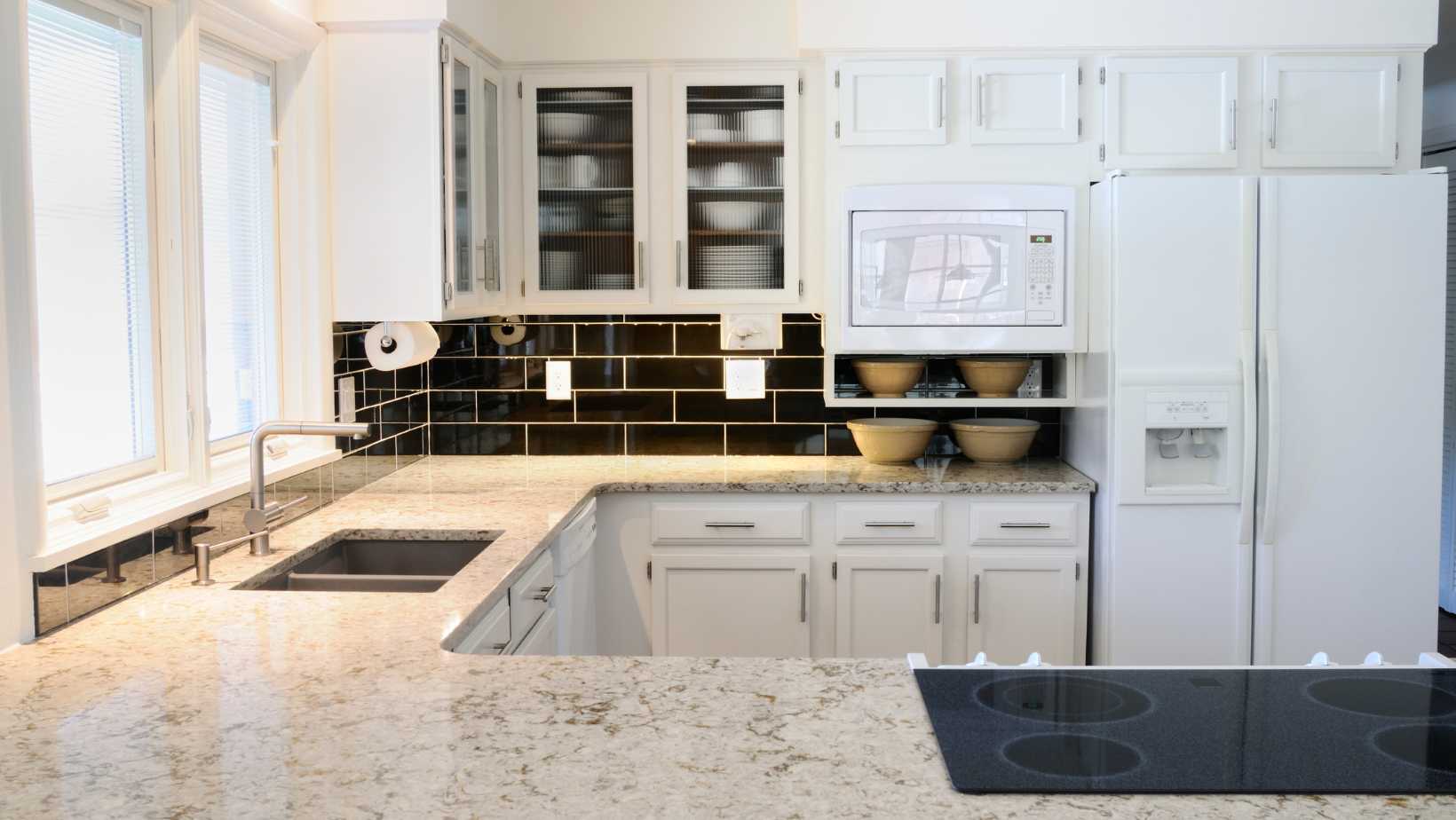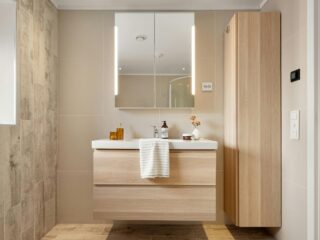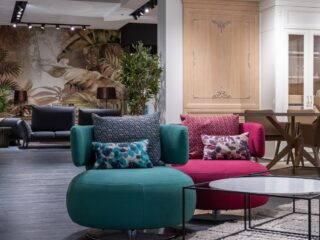
Numerous elements can make or break the design of a kitchen, but the colors chosen for the largest part of the space are among the most powerful aspects. The hues opted for can transform the feel and atmosphere of any space, which weighs a lot more when the matter at hand is how you design the kitchen or the room where most of the time is spent.
It is normal to feel enamoured with a nuance and want to surround yourself with it. In fact, most people have a favorite color that, when exposed to it, helps trigger their creativity, relaxation, spiritual, and artistic sides.
This article is destined for those who can’t have enough of a colour to use it in more home décor projects and elements than those who don’t put much emphasis on this aspect. Here’s what you should know if you’re so fond of a color that you’re wrapping your head around the question, “Should it be on my walls and cabinetry, too, or is it too much?”.
Photo source: https://unsplash.com/photos/FJZtZldA-uE
Matchy-Matchy Wall And Cabinetry Colours – a Kitsch or Fashion Rule to Abide by?
Having identical cabinet and wall colours in your cooking room is a widespread and encouraged design choice, but it’s unnecessary. You don’t need to abuse a color to ensure your kitchen looks stylish, well-kept, and not kitschy. They can look the same if you desire, but it’s not a strict and rigid rule you must follow. It all comes down to how you interact with that color and what feelings and mood it provides you.

There are also essential guidelines if you ultimately choose to use the same color for both elements. For instance, if the beauty of the aesthetics is what you’re interested in, you can give a tone-on-tone look a shot. Painting catches the eye and gets the observer hooked, emphasizing the essential elements the creator wants to be shown off.
The saying “first impression lasts a lifetime” is accurate, and it’s all the more critical when it comes to welcoming guests for the first time into your kitchen. The predominant color can either make or break the mood. Since it’s easy to exaggerate or mess it up by agglomerating too many colors, abiding by some helpful guidelines will only ensure the success of your design project.
Opting For Identical Colours Requires Several Adjustments
Of course, no one says you shouldn’t choose similar nuances for cabinetry and the surrounding environment that consists of the walls. It can be a rewarding idea if you want to make a statement; say, for instance, you’re head over heels with a certain colour. If green energizes and helps bring comfort as it’s connected with nature and everything lively, you shouldn’t abstain from going with it for both cabinetry and walls. However, it’s important to know when to put a limit on your fondness.
If you establish that you’ll match these elements, you’ll want a splash of a different colour to remove monotony or avoid making the room feel closed-in, eye-hurting, or kitschy. For instance, opt for a bright and light hue for the kitchen countertop doors, flooring, ceiling, or other elements like electronics. With a little sense of style, you can easily match the shades of cabinetry and walls and create high-gloss kitchens that remain modern and performant for years. This trick holds especially for small and cramped kitchens. Picking a dark hue for the cabinets and walls can give even more enclosing vibes to your cooking space.
What About Dark Colours?
Indeed, dark colors can make the room look bold and posh. They can deliver a modern, leading-edge style and feel, especially when contrasting quality items with lighter colours. For example, if you go for a gloomy hue for the walls, go with a beige, cream, light grey, or brighter color for your flooring. The palette should look great if you choose drastically contrasting colors that make fine details stand out and confer a sense of equilibrium.
The solution combines dark walls with light cabinets and vice versa for kitchens.
How to Select The Ideal Cabinetry Colour to Complement Your Kitchen’s Walls
Just as with other aspects of life, it’s natural to want to create some rigid rules to stick to when painting a kitchen that will remain this way for years or decades. You want an option appealing to the eye, but the color selection part is more than aesthetics. It’s a fun and creative way to build a space that speaks your mind and expresses your personality.

Matching the cabinetry with the walls’ colors is smooth sailing if you know what color suits your needs and taste best. You’ll choose the cabinetry color depending on the hues on your walls. It can be more or less contrasted if you still want to delineate these two features. This may be complicated, but once you’ve established your custom paint color, the company can easily respond to your demand and help you craft the kitchen of your dreams.
The 60-30-10 rule
Ask any designer, and they’ll all attest that the way they approach the abundant color palette at hand is one of the greatest and most consuming responsibilities. In the design realm, the 60-30-10 rule helps decorators select and pair the nuances used in their projects. In layman’s words, this is a guide anyone can abide by as it’s simple to comprehend and use. Basically, the primary or dominant color in your kitchen or any other room must represent around 60% of your design. Consequently, the second in the hierarchy needs to make up 30%, whereas the latter will obviously take up the rest of 10%, representing the accent color.
This is a golden and vital rule as it ensures the following boxes are ticked off the list:
Consistency and simplicity, since three colours are all that’s needed to create a balanced and equally eye-comforting room
Visual balance, because it’s one of the most critical aspects in the design of a room and shouldn’t be overlooked.
Accentuation of the key elements, as the most widespread colours, makes the large surfaces eye-catching and sets the design’s overall mood.
There are no hard-to-follow rules when it comes to kitchen design. Keeping in mind some basic design rules and not overusing a colour will ensure your kitchen doesn’t look tasteless or cheap but put-together and snappy.





